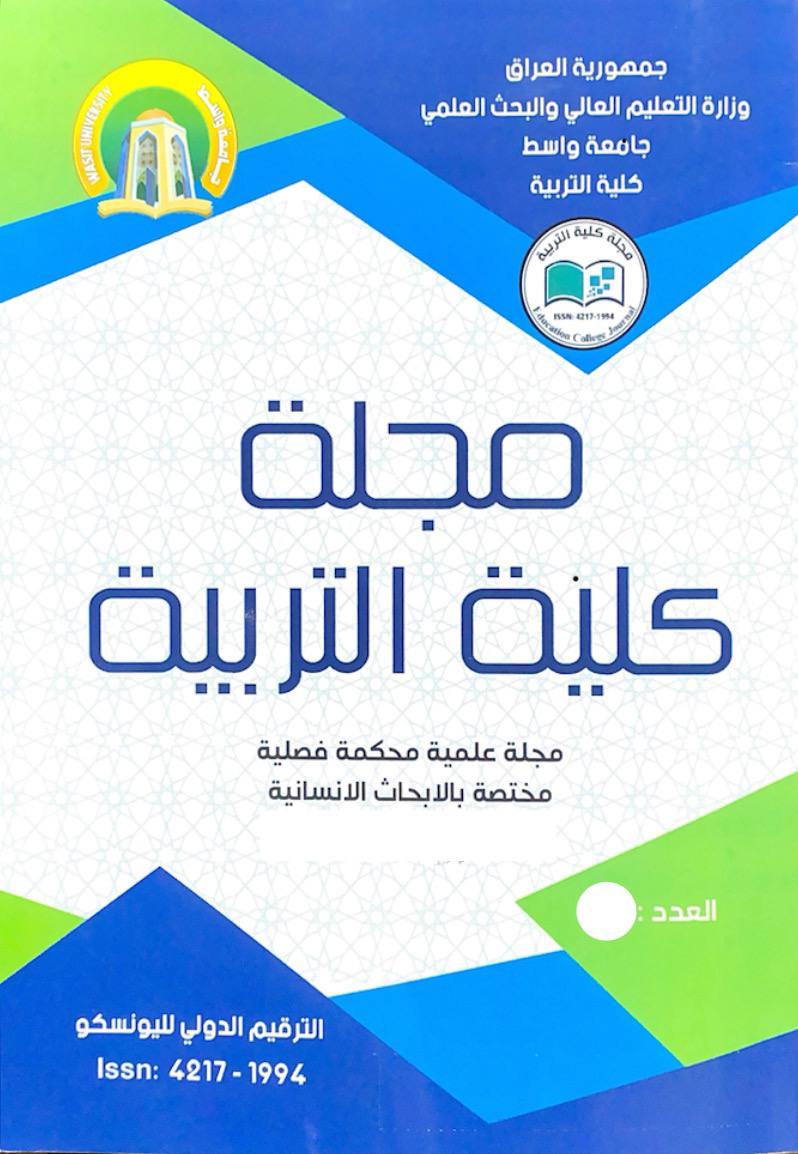Abstract
The translations of public signs distributed inside and outside Iraqi cities are random and of low quality. These translations contribute to reframing the conceptual image of cities as well as the communities inhabiting them. Moreover, the quality of these translated signs seems to underestimate the gradual development of translation as a profession and an academic field in this country. Conversely, it is unsatisfactory to continue producing and, more importantly, accepting these translations without in-depth revision. This study attempts to evaluate the translation of these signs. It reviews the strategies followed in their rendering from Arabic into English. Primarily, it does not only try to identify mistranslations, but also the impact these erroneous versions have on the viewers\' perception of cities. It is a qualitative study that brings Kevin Lynch\'s (1960) Theory of \'the Image of the City\' in Architecture to Translation Studies. The data used in the study come from two main sources: bilingual public signs and the responses of international viewers to a carefully-designed questionnaire. Results show that mistranslations of public signs do have a remarkable negative impact on reframing the viewers\' perception of the mental image of Iraqi cities and their inhabitants(including, of course, translators). Revising the available bilingual signs and establishing a high committee responsible for monitoring are among the recommendations offered by the study.
Keywords
Mistranslation of public signs narrative theory mental image Kevin Lynch
Abstract
ان ترجمة اللافتات العامة الموزعة داخل وخارج المدن العراقية عشوائية ومنخفضة الجودة. ومن الجدير بالذكر ان هذه الترجمات قد تساهم في إعادة صياغة الصورة المفاهيمية للمدن وكذلك المجتمعات التي تسكنها. علاوة على ذلك، يبدو أن جودة هذه العلامات المترجمة تقلل من أهمية التطور التدريجي للترجمة كمهنة وحقل أكاديمي في هذا البلد. بالمقابل، فمن غير المرضي الاستمرار في إنتاج هذه الترجمات ، والأهم من ذلك ، قبولها دون مراجعة متعمقة. تحاول هذه الدراسة تقييم ترجمة هذه العلامات. و تستعرض اولا الاستراتيجيات المتبعة في تحويلها من العربية إلى الإنجليزية ، وهي بهذا لا تحاول فقط تحديد الترجمات الخاطئة ، ولكن أيضًا تأثير هذه النسخ على تصور المشاهدين للمدن. اي انها دراسة نوعية تستعين بنظرية كيفن لينش (1960) عن \"صورة المدينة\" في الهندسة المعمارية لتفسير الظواهر السائدة في حقل دراسات الترجمة. تأتي البيانات المستخدمة في الدراسة من مصدرين رئيسيين وهما: الإشارات العامة ثنائية اللغة وردود المشاهدين الدوليين على استبيان مصمم بعناية. تظهر النتائج أن الترجمات الخاطئة للإشارات العامة لها تأثير سلبي ملحوظ على إعادة صياغة تصور المشاهدين للصورة الذهنية للمدن العراقية وسكانها (بما في ذلك ، بالطبع ، المترجمون). ومن التوصيات التي تقدمها الدراسة هي المراجعة الدقيقة لللافتات ثنائية اللغة المتاحة وإنشاء لجنة عليا مسؤولة عن مراقبة ترجمة هذه اللافتات.
Keywords
الترجمة الخاطئة للإشارات العامة ، نظرية السرد ، الصورة الذهنية ، كيفين لينج
